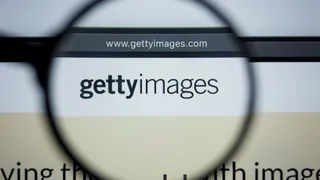
Why the patent bar changes will boost gender diversity
In September 2021, the US Patent and Trademark Office (USPTO) announced changes to expand the types of technical qualifications that an applicant must possess to be admitted to the patent bar and allowed to represent patent applicants before the USPTO.
Already registered?
Login to your account
If you don't have a login or your access has expired, you will need to purchase a subscription to gain access to this article, including all our online content.
For more information on individual annual subscriptions for full paid access and corporate subscription options please contact us.
To request a FREE 2-week trial subscription, please signup.
NOTE - this can take up to 48hrs to be approved.
For multi-user price options, or to check if your company has an existing subscription that we can add you to for FREE, please email Adrian Tapping at atapping@newtonmedia.co.uk

